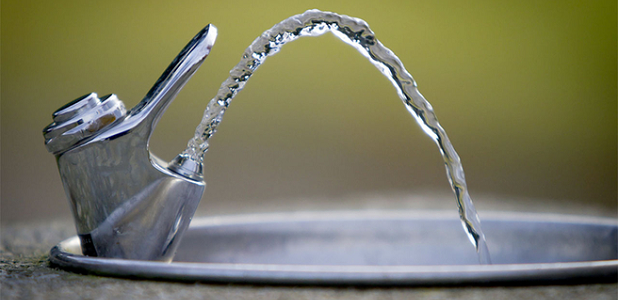Ahead of a July 1 deadline, an increasing number of California schools — but not all — have completed mandatory testing for lead in school water supplies. “About 6,500 public schools have been tested, another 1,500 independently completed sampling prior to the enactment of the bill,” said Beti Girma, a Lead Sampling in California Schools Program manager for the State Water Resources Control Board. “We expect around 1,000 schools to sample within the coming months.”
Under Assembly Bill 746 (Fletcher-Gonzalez, D-San Diego), public water systems are required to test all public K-12 schools constructed prior to 2010 by July 1, 2019. Passed in 2017, the legislation aligned with growing awareness of the public health risks of lead. According to the Centers for Disease Control and Prevention, lead exposure can affect cognitive abilities and academic achievement. Lead exposure cannot be corrected and has a life-long impact.
In California schools, students are typically exposed to lead by ingesting water that passes through older plumbing fixtures and taps. According to the recent report Early Adopters: State Approaches to Testing School Drinking Water for Lead in the United States, 3 percent of California’s K-12 public schools had at least one tap with an elevated level of lead in water and 1 percent of all taps tested in California’s public schools had shown lead levels at or above the level requiring action — 15 parts per billion per one liter of water. However, the results were based on testing at just 22 percent of the state’s more than 10,000 K-12 public schools.
Additional factors make it difficult to determine how much lead is in the drinking water at California’s schools, including the low number of taps tested (five), and sampling tap water at “first draw,” rather than taking samples over a period of time from the same source. California also allows for a higher amount of lead in water sources before action is required than the Food and Drug Administration uses for bottled water, 15 ppb compared to five ppb.
Remediation techniques include replacing lead containing plumbing parts, flushing out pipes by running water from faucets and fountains to prevent stagnation, or installing filters that remove lead. Some schools in California provide their students with bottles of water to prevent them from drinking from contaminated pipes.
Against this backdrop, all schools and districts across California are encouraged to request assistance from their public water system to conduct water sampling for lead and receive technical assistance if an elevated lead sample is found. Under its Drinking Water for Schools Grant Program, the state has made $9.5 million in funding available to improve access to, and the quality of, drinking water in public schools.
For those older schools not yet tested, Girma says help is on the way. “We will send out a notice of violation to water systems that did not sample their schools by July 1, 2019,” she said. “These systems will be required to submit a time schedule to complete the sampling of the remaining schools in their service areas.”





